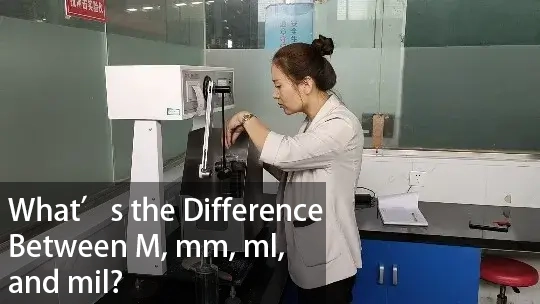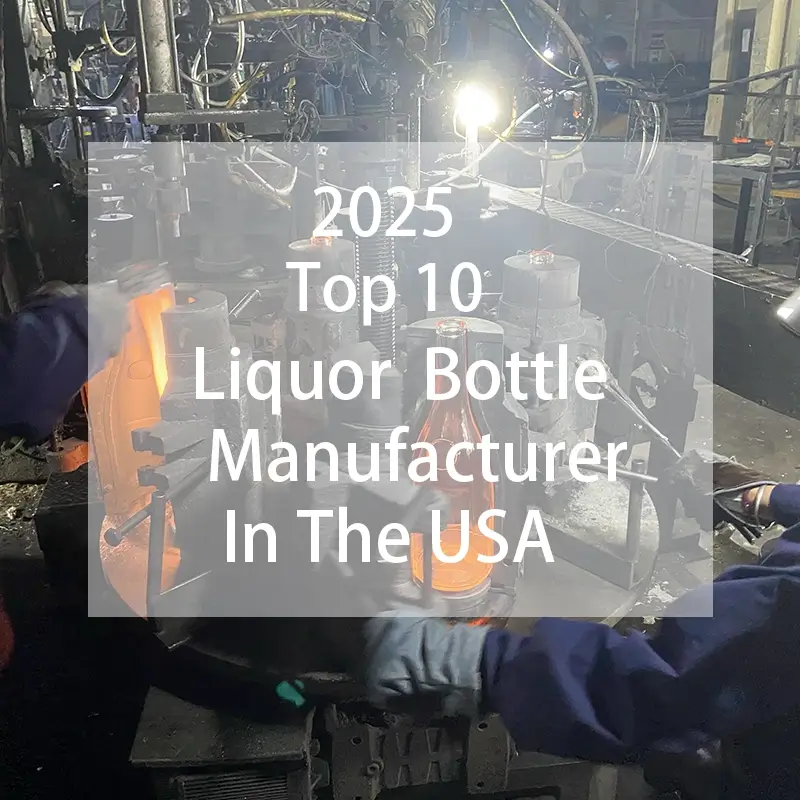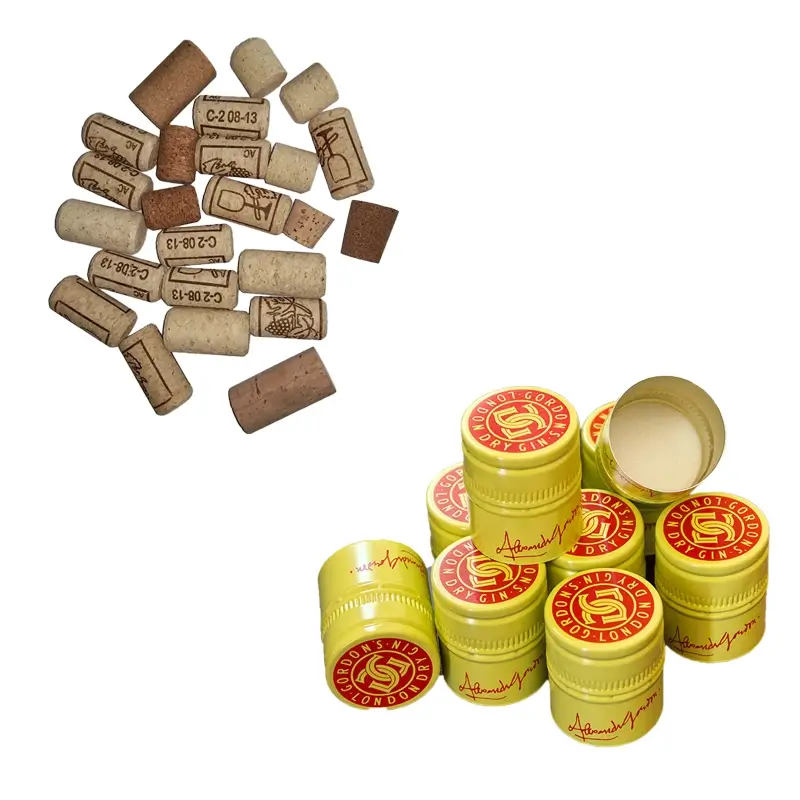How Are Glass Bottles Made? A Complete Guide to Modern Glass Bottle Manufacturing
News June 20, 2025
Glass bottles are produced and used all over the world. Thanks to their unique properties, they dominate the beverage packaging industry. From wine to whiskey and spirits, brands consistently choose glass bottles over alternative materials. Yet, despite their widespread use, many people have little understanding of how glass bottles are actually made.
Understanding the manufacturing process is essential for both customers and producers. A glass bottle is not just a random container—it is the result of a precise, carefully controlled production process. In this article, we’ll explore each stage of how glass bottles are made. Let’s dive in!
The Importance of Glass Bottles in the Modern World
Before we break down the manufacturing process, it’s worth understanding why glass bottles are so valuable today. Whether in a pharmacy or a fine dining restaurant, glass containers are everywhere. Their versatility makes them ideal for storing and transporting all kinds of liquids.
Common Applications of Glass Bottles Include:
- Food and beverage packaging
- Perfume and fragrance bottles
- Cosmetics and pharmaceutical containers
- Home food storage
- Decorative items
- Reusable water bottles
Key Characteristics of Glass Bottles
Glass bottles are not only versatile but also offer many advantages that contribute to their widespread use:
- Chemically Inert: Glass does not react with most substances, making it ideal for storing food, beverages, and chemicals.
- Flavor Preservation: Because glass is non-reactive, it maintains the original taste and aroma of its contents.
- Thermal Stability: High-quality glass can withstand both extreme heat and cold.
- Durability in Transport: Leading glass bottle manufacturers ensure bottles are well-packaged to avoid damage during shipping.
- 100% Recyclable: Glass can be reused and recycled indefinitely without loss of quality.
- Sustainable Material: Made from natural ingredients such as sand, soda ash, and limestone, glass is a sustainable packaging choice.
- Aesthetic Appeal: Glass exudes a luxurious feel, enhancing the visual appeal of the product it holds.
How Are Glass Bottles Made?
Glass bottle manufacturing is a fascinating blend of creativity, science, and precision. While traditional glassmaking dates back to ancient Mediterranean and European civilizations, today’s processes are more advanced and automated, using sustainable raw materials.
Here’s a step-by-step look at how modern glass bottles are made:
Step 1: Raw Material Preparation
Glass bottles are primarily made from:
- Silica sand
- Soda ash (sodium carbonate)
- Limestone
- Recycled glass (cullet)
These materials are thoroughly cleaned to remove impurities, ensuring a consistent final product that can withstand pressure from carbonated beverages.
Step 2: Mixing in Precise Proportions
The cleaned raw materials are mixed in exact proportions using automated systems. Accuracy at this stage is crucial, as inconsistencies can affect the glass quality after melting.
Step 3: Melting the Raw Mixture
The mixture is heated in a furnace at around 1,700°C (3,092°F) to form molten glass, a homogeneous, viscous liquid. This process is performed in a controlled environment to ensure purity and consistency.
Step 4: Forming and Shaping the Glass
Once molten, the glass is shaped into bottles using one of two primary forming techniques:
1. Blow and Blow Method
- Used for narrow-neck bottles.
- The molten glass (gob) is cut and dropped into a blank mold.
- Air is blown in to form a preliminary shape, then blown again in a final mold for the finished form.
2. Press and Blow Method
- Ideal for bottles needing more uniform wall thickness.
- A plunger presses the glass into a preform, then air blows it into the final shape.
- Offers improved strength and weight consistency.
Both methods rely on high-speed IS (Individual Section) machines for consistent results.
Step 5: Hot-End Coating (Pre-Coating)
Before cooling, bottles receive a hot-end surface coating—usually tin oxide or titanium-based compounds—to enhance strength and scratch resistance. This step is crucial for durability.
Step 6: Annealing (Stress Relief)
The bottles are slowly cooled in a lehr (annealing oven). This gradual temperature reduction removes internal stresses, improving structural integrity. The process usually lasts between 30 minutes and 2 hours.
Step 7: Cold-End Coating
After annealing, bottles receive a cold-end coating—typically polyethylene wax—via water-based sprays. This layer prevents bottles from sticking together on the production line and adds extra resistance to scratches.
Step 8: Quality Inspection
Each bottle is carefully inspected for defects such as:
- Cracks or chips
- Air bubbles
- Contaminants
- Irregular shapes
Advanced automated inspection systems and skilled workers ensure only top-quality bottles proceed to the next stage. Defective bottles are removed and recycled.
Step 9: Labeling and Decoration
At this stage, manufacturers may apply custom branding using:
- Silk-screen printing
- Ceramic labeling (ACL)
- Glass enameling
- Decals or heat transfers
This ensures the bottle aligns with the brand’s identity and market appeal.
Step 10: Packaging
Once labeled and approved, bottles are securely packed using protective materials such as:
- Cardboard dividers
- Pallet wrapping
- Bubble wrap or recyclable shrink film
Proper packaging ensures safe transportation and storage.
Frequently Asked Questions (FAQs)
Q1: What are glass bottles made from?
Mainly silica sand, soda ash, limestone, and recycled glass.
Q2: How are different bottle shapes formed?
By using molds and blow/press techniques to shape molten glass.
Q3: Are glass bottles eco-friendly?
Yes. Glass is 100% recyclable and sustainable.
Q4: Is the process the same for food-grade bottles?
Yes, although extra hygiene and safety standards may apply.
Final Thoughts
So, how are glass bottles made? The process is a highly specialized combination of material science, mechanical engineering, and artistic design. From raw material to retail-ready product, every stage contributes to producing safe, attractive, and sustainable glass packaging.
Whether you’re a buyer, distributor, or brand owner, understanding the glass manufacturing process helps you make smarter sourcing decisions. Partnering with a reliable glass bottle manufacturer ensures that you get high-quality, durable, and eco-friendly packaging solutions tailored to your needs.


